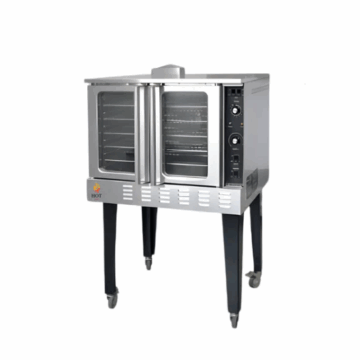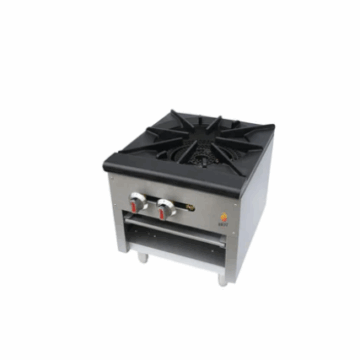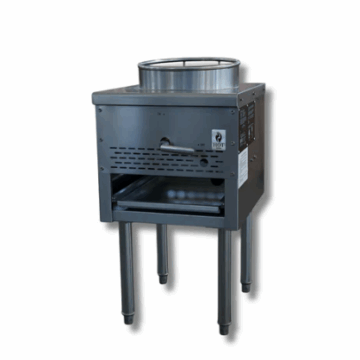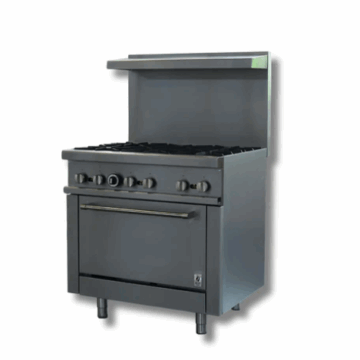In the world of commercial kitchens, gas ranges are a must for their unparalleled performance and versatility. At The FED, we understand the importance of equipping your business with top-quality gas ranges that not only deliver exceptional results but also provide a seamless cooking experience. In this blog, we’ll look at techniques for mastering the art of gas range cooking. This will help you to produce culinary masterpieces in every meal you make.
Precise Temperature Control
One of the most significant advantages of gas ranges is their ability to provide precise temperature control. Unlike electric ranges, gas burners respond instantly to adjustments, allowing you to fine-tune the heat with ease. This level of control is essential for delicate cooking techniques such as simmering, sautéing, and searing.
To achieve perfect simmering, start by turning the burner to a low setting and observe the flame. Adjust the flame until it’s just strong enough to maintain a gentle bubbling motion in the liquid. This technique is ideal for slowly cooking soups, stews, and sauces, allowing flavors to meld and intensify.
Mastering the Sear
Gas ranges excel at achieving a perfect sear, thanks to their intense heat and direct flame contact. To master the art of searing, preheat your pan or griddle over high heat until it’s scorching hot. Add a small amount of oil or butter, and carefully place your protein in the pan. Resist the urge to move the food until a golden-brown crust has formed, then flip and repeat on the other side.
Searing not only adds depth of flavor and texture but also helps to lock in juices, ensuring a moist and tender interior. This technique is ideal for steaks, chops, and burgers, elevating their flavor to new heights.
Efficient Preheating
Gas ranges are known for their ability to preheat quickly and evenly, ensuring consistent results every time. When preheating your oven, it’s essential to allow sufficient time for the entire cavity to reach the desired temperature. This process typically takes 10-15 minutes, depending on the size and model of your range.
To ensure accurate preheating, invest in an oven thermometer and place it in the center of the oven cavity. Once the thermometer reads the desired temperature, you’re ready to begin baking or roasting with confidence.
Convection Cooking
Many gas ranges offer a convection cooking option, which utilizes a fan to circulate hot air throughout the oven cavity. This feature is particularly useful for achieving even browning and faster cooking times, making it ideal for baking, roasting, and dehydrating.
When using the convection setting, it’s generally recommended to reduce the oven temperature by 25°F (14°C) from the recipe’s instructions. Additionally, positioning your oven racks in the center of the cavity will ensure optimal air circulation and consistent results.
At The FED, we offer a wide range of commercial gas ranges from leading brands, designed to meet the demands of any foodservice operation. Our knowledgeable team is dedicated to guiding you through the selection process, ensuring that you find the perfect gas range to elevate your culinary creations.
Embrace the power and versatility of gas range cooking, and let The FED be your partner in achieving culinary excellence. Visit us today to explore our extensive collection of premium gas ranges and unlock a world of flavorful possibilities.
Purchase All Your Commercial Kitchen Equipment From The Foodservice Equipment Depot (The FED)
Purchase All Your commercial kitchen equipment in Calgary, AB from The Foodservice Equipment Depot (The FED). Explore our used Calgary Restaurant Equipment. Enjoy a seamless online ordering experience, ensuring fast and frictionless access to professional-grade food service equipment. Shop at our Restaurant Equipment Store in SE Calgary, AB. or our Restaurant Supply Online Store.
For more insightful articles and tips, visit The FED Blogs.







